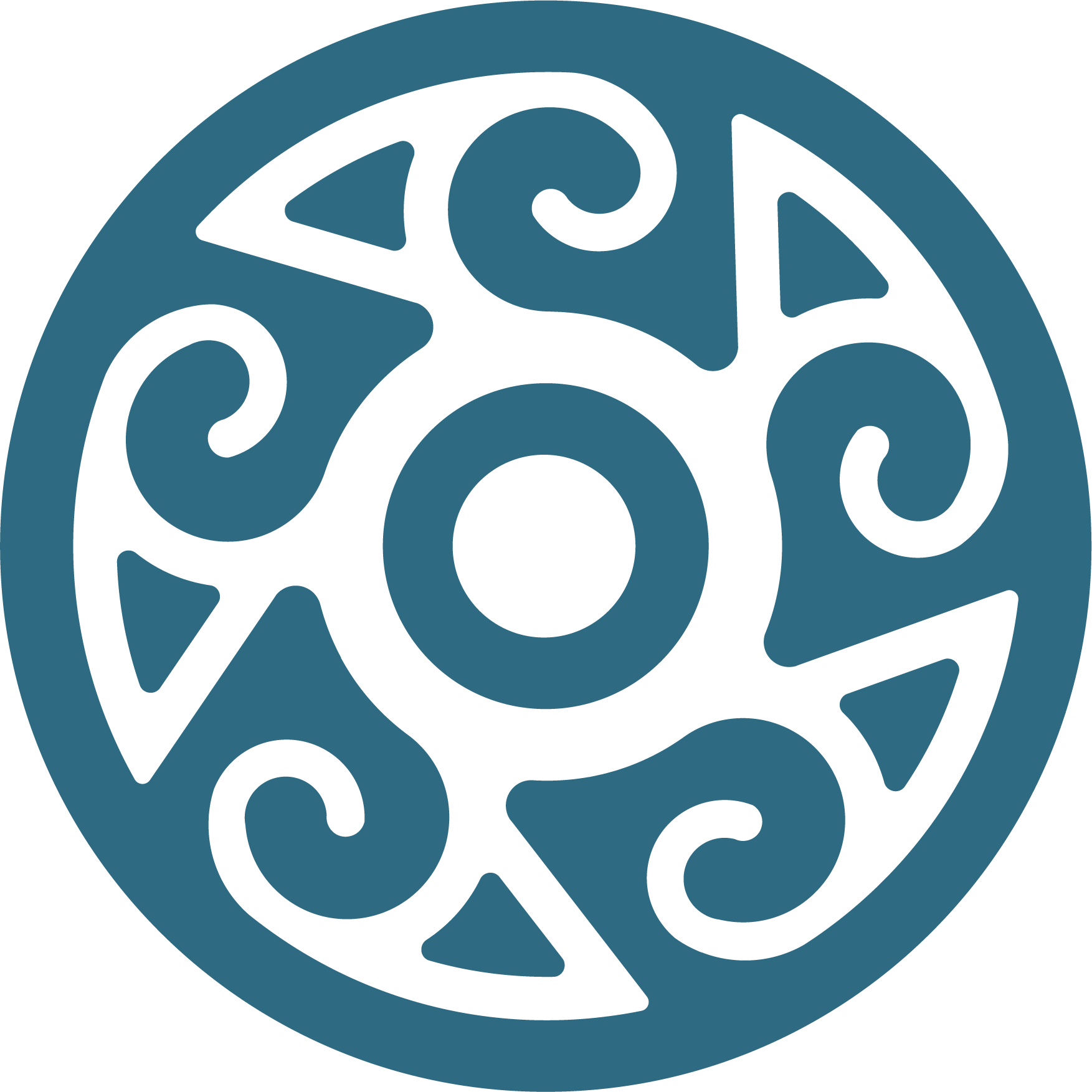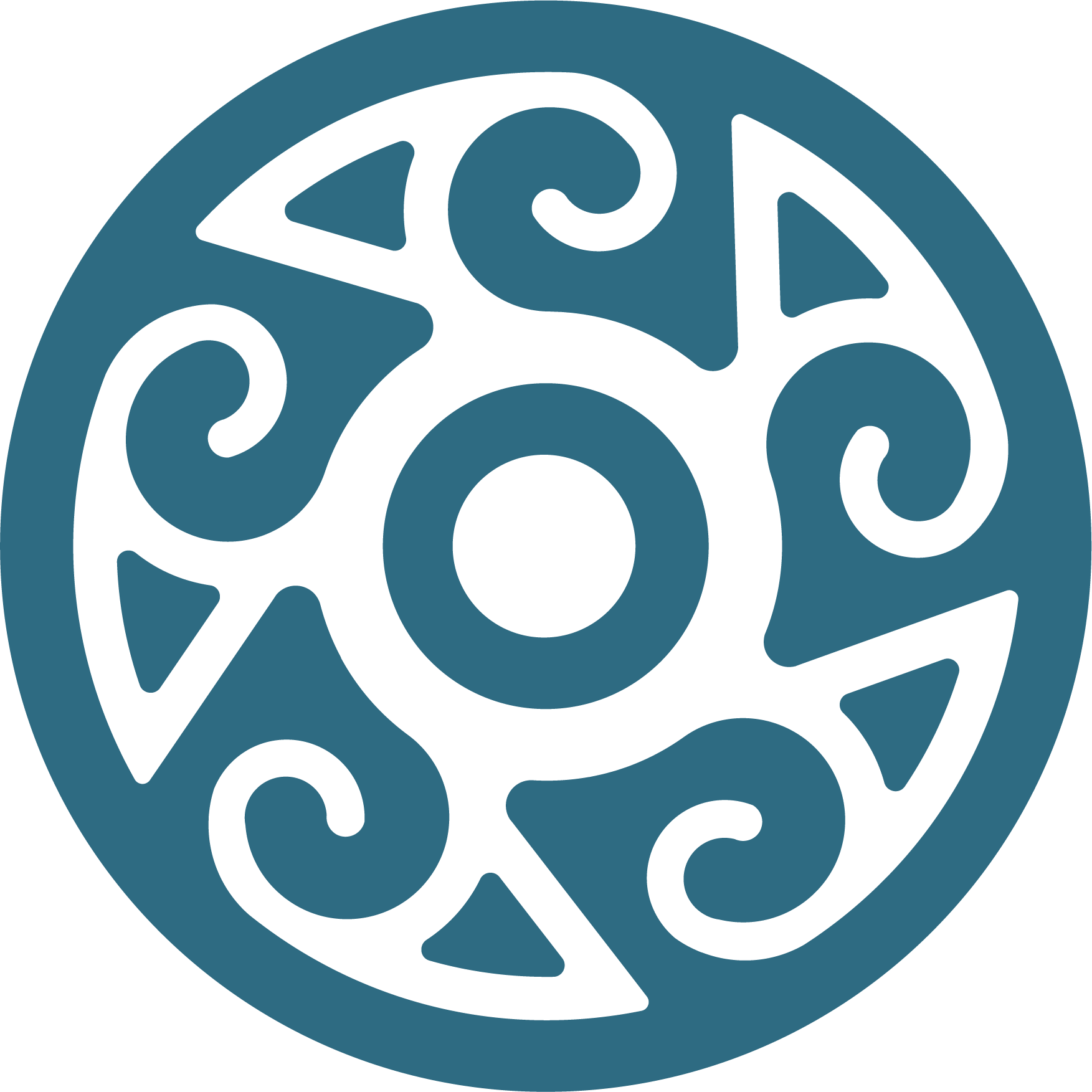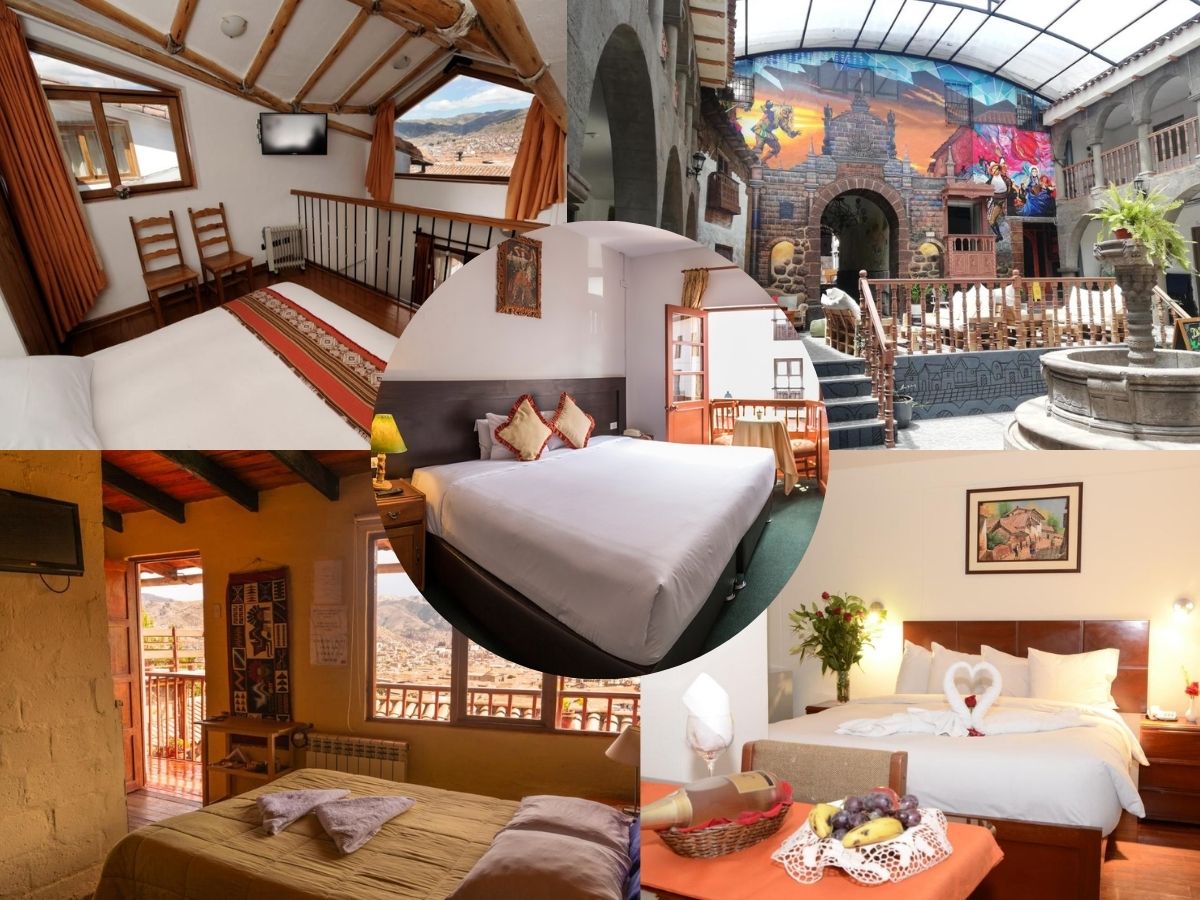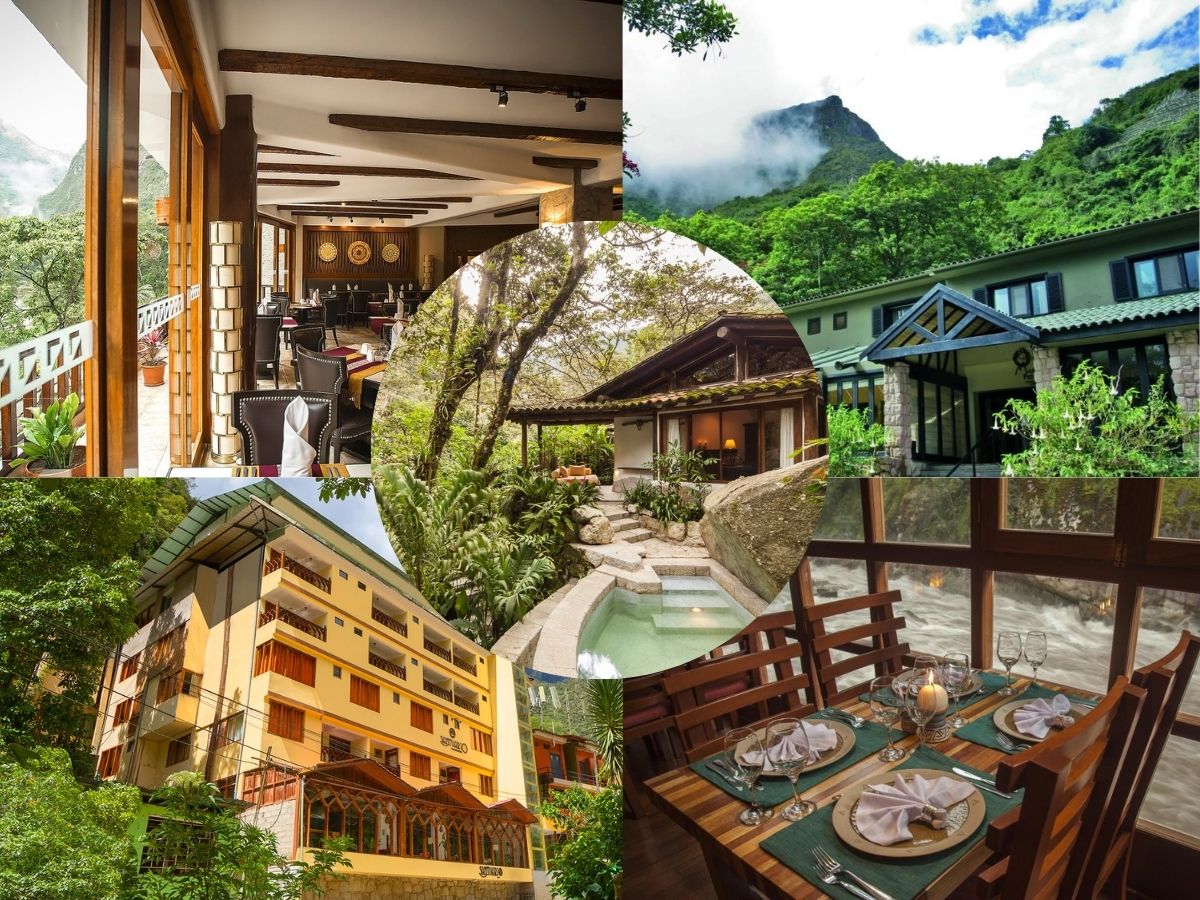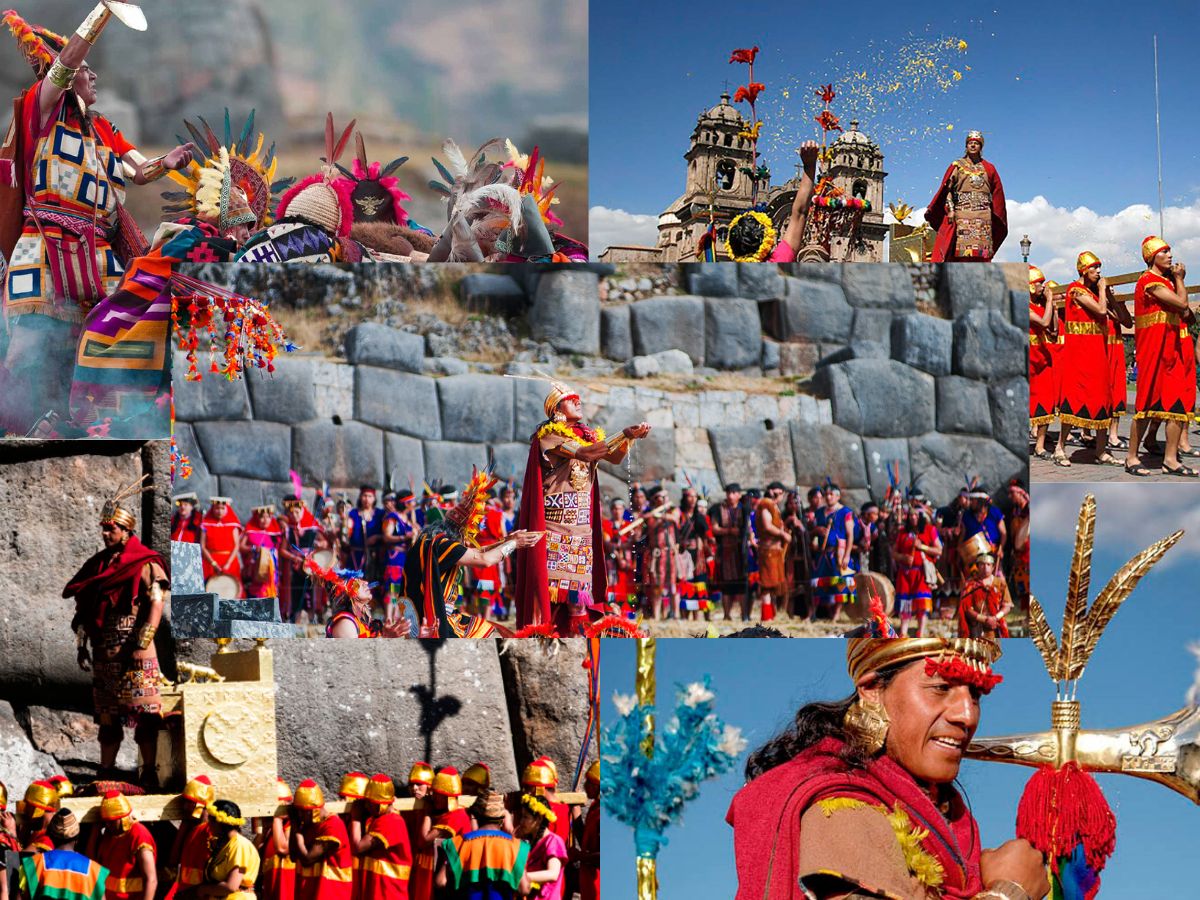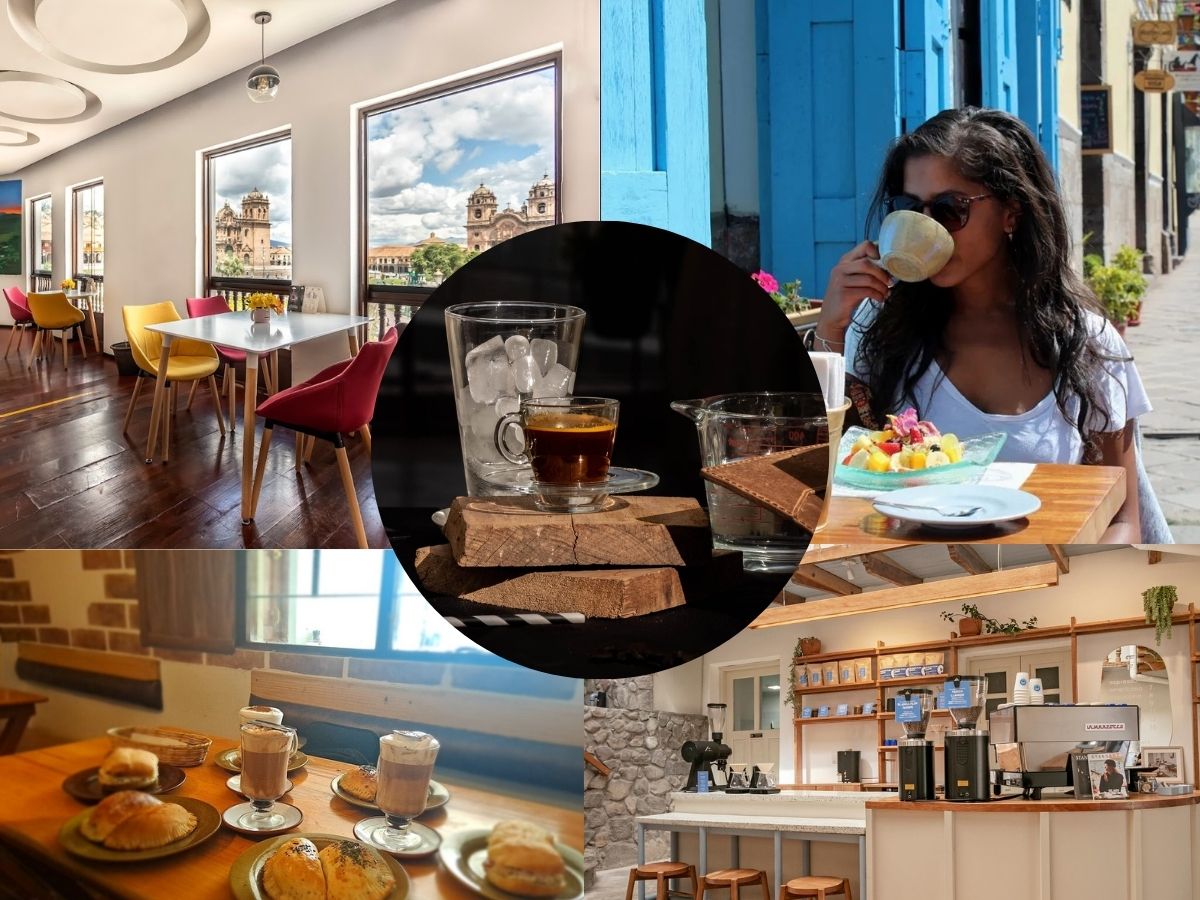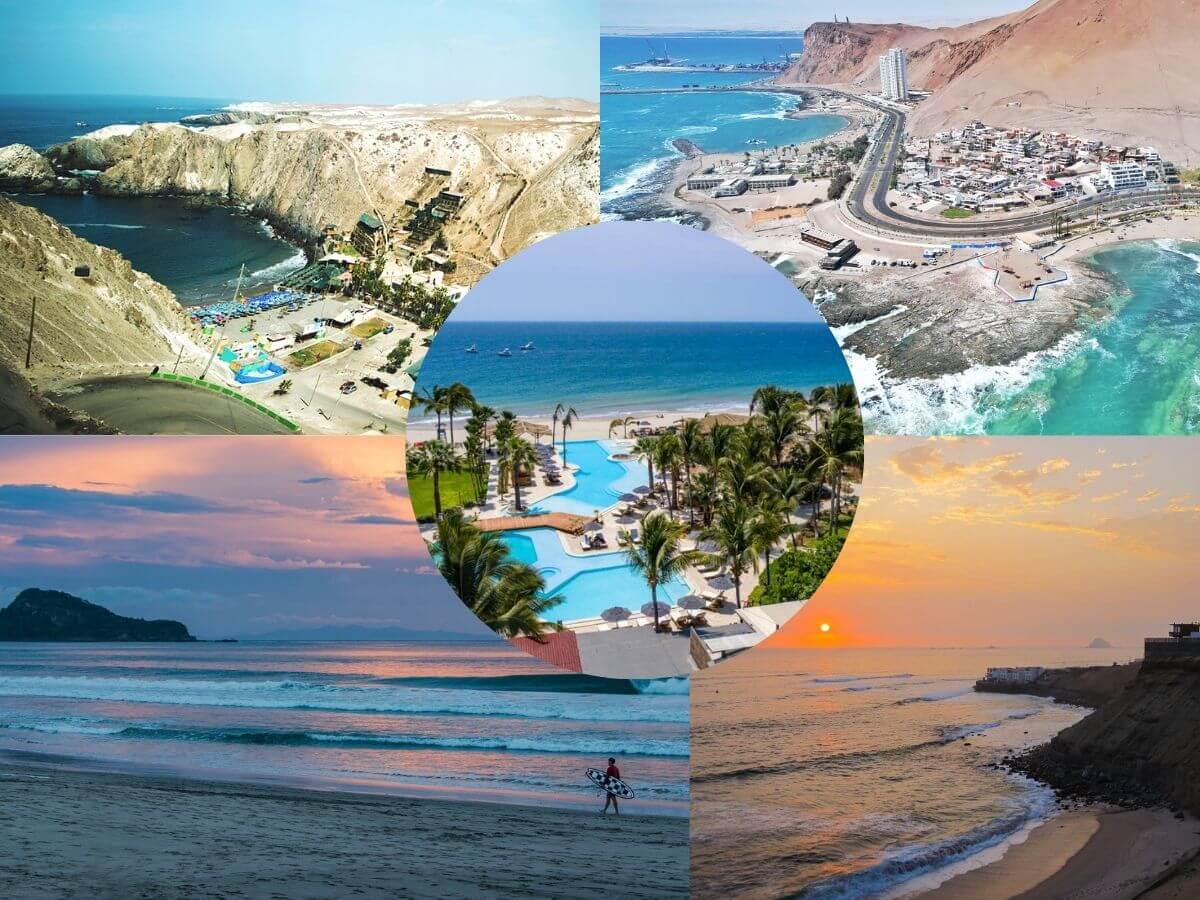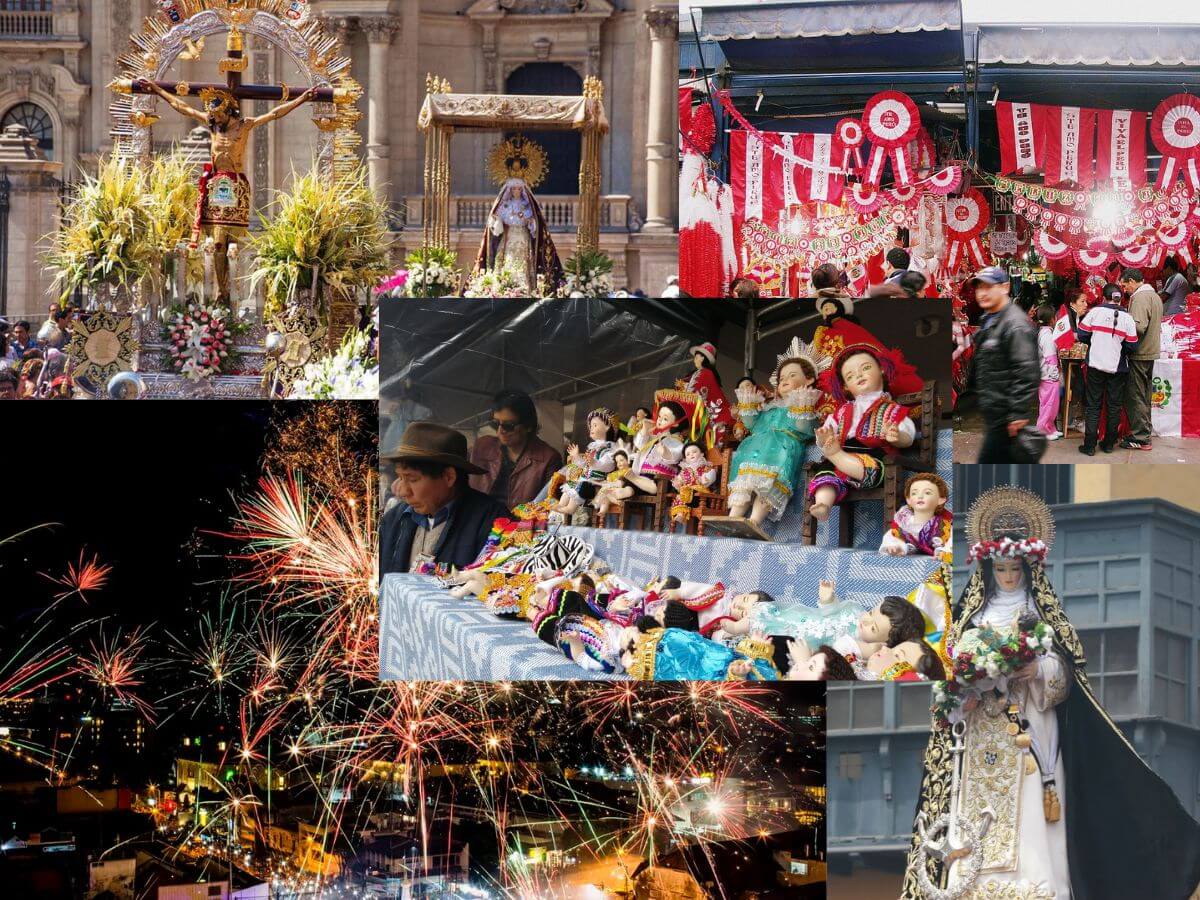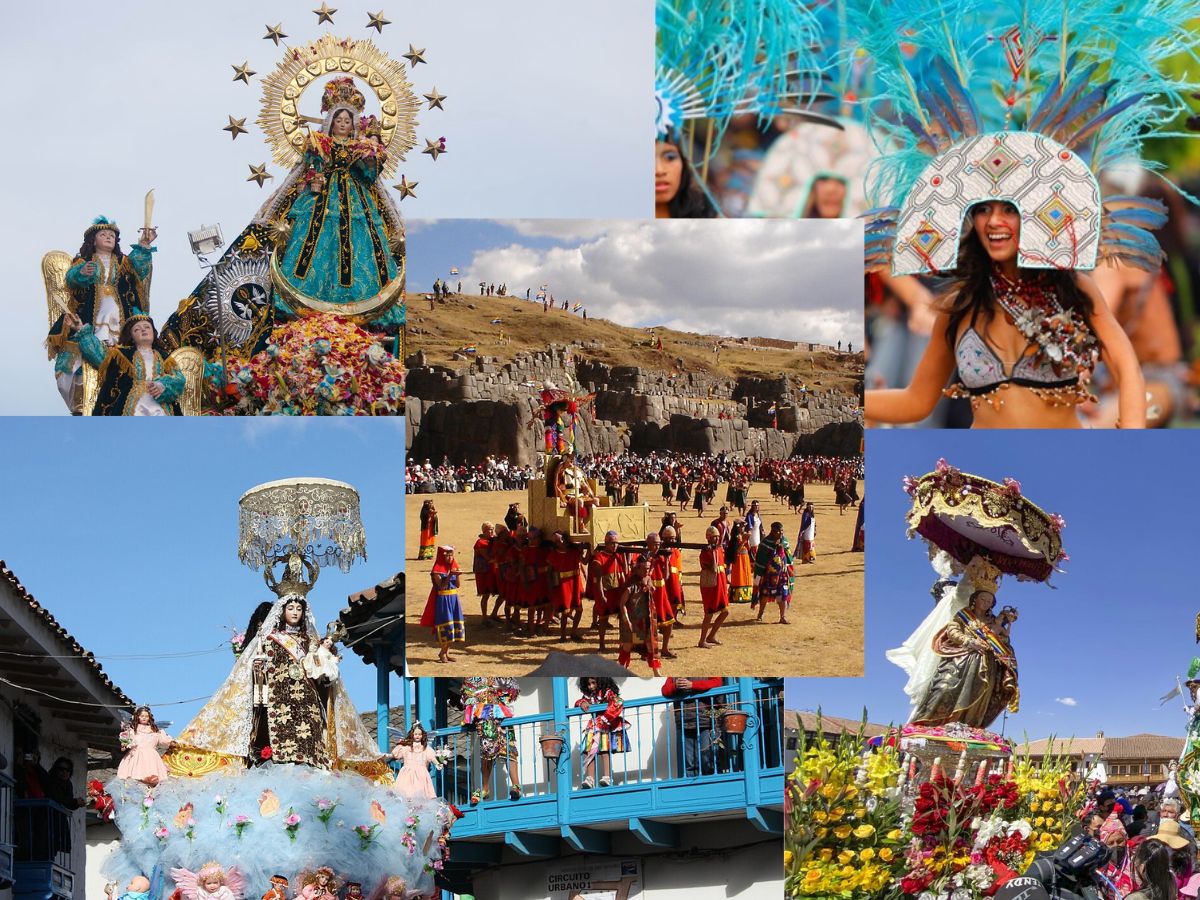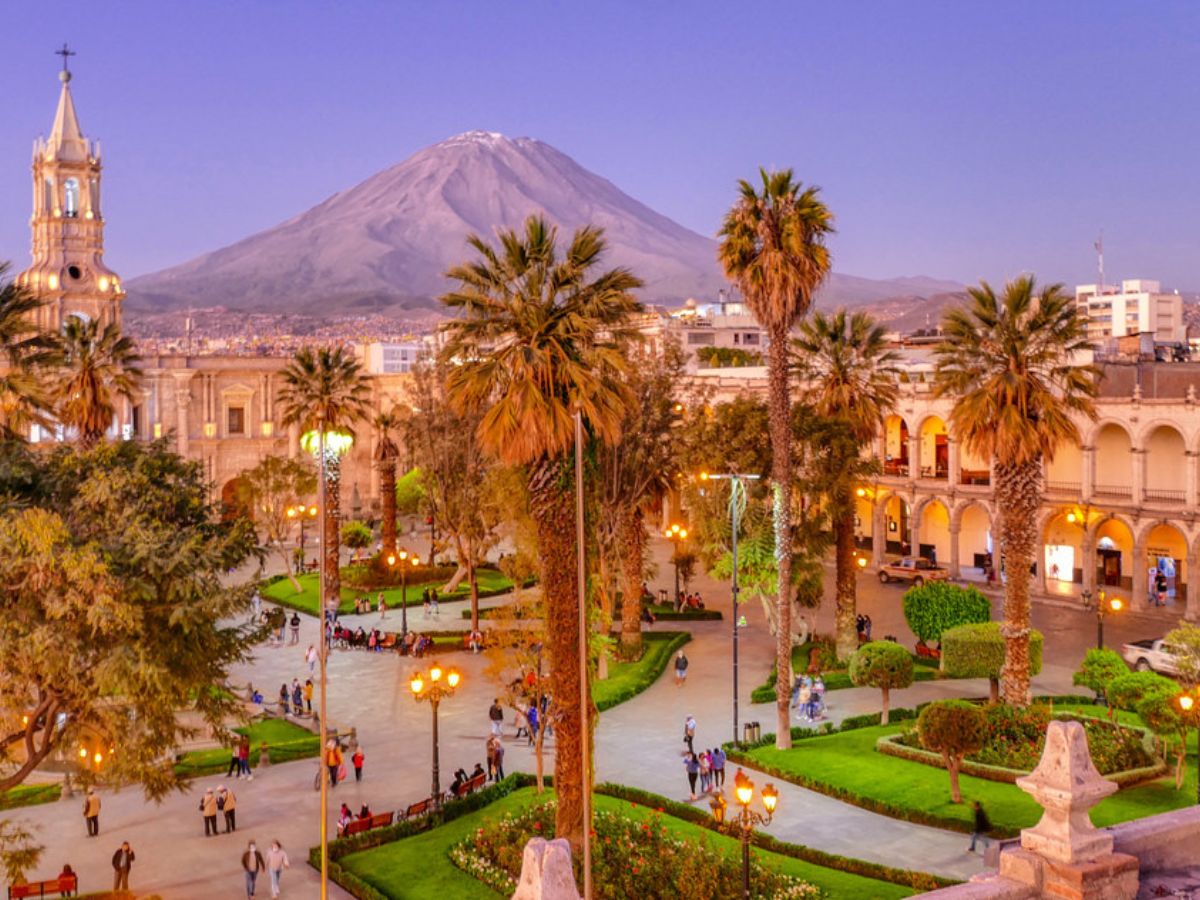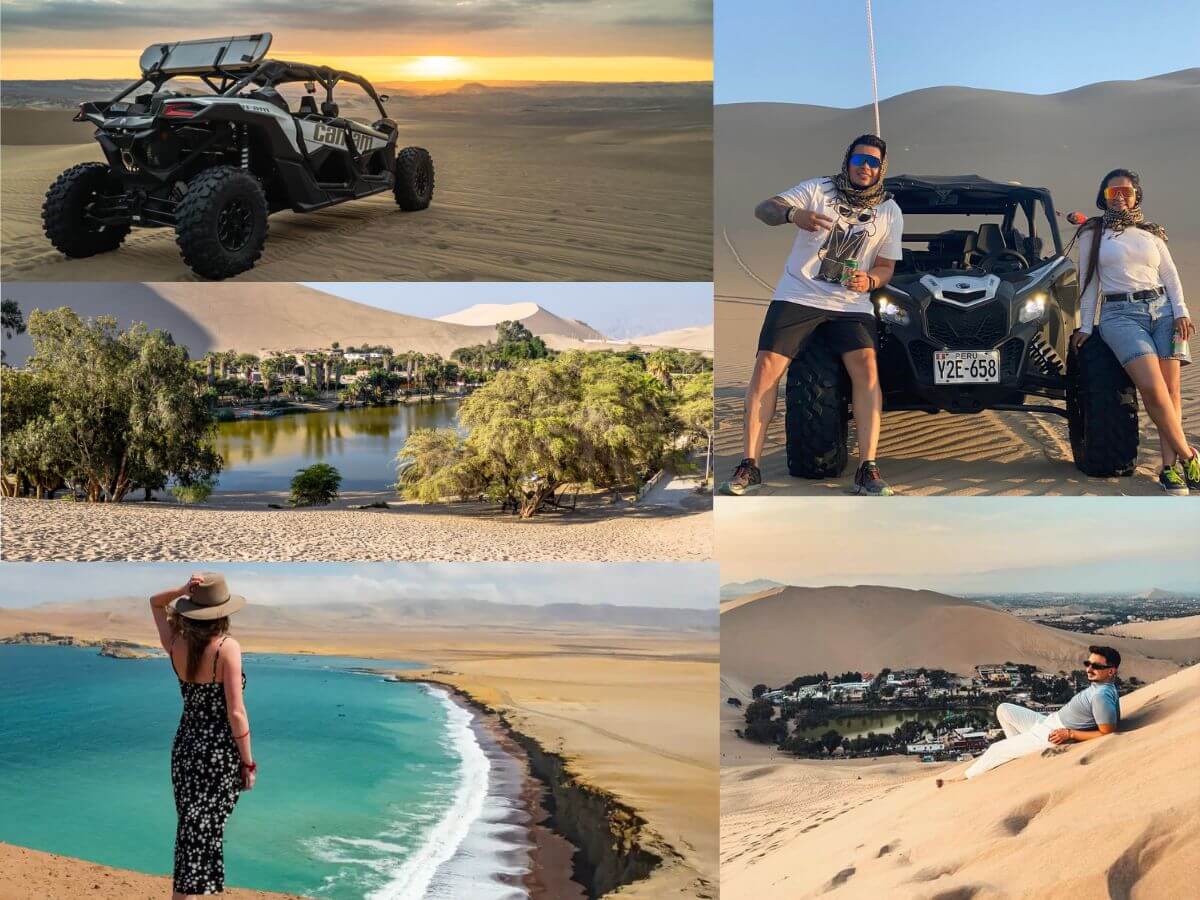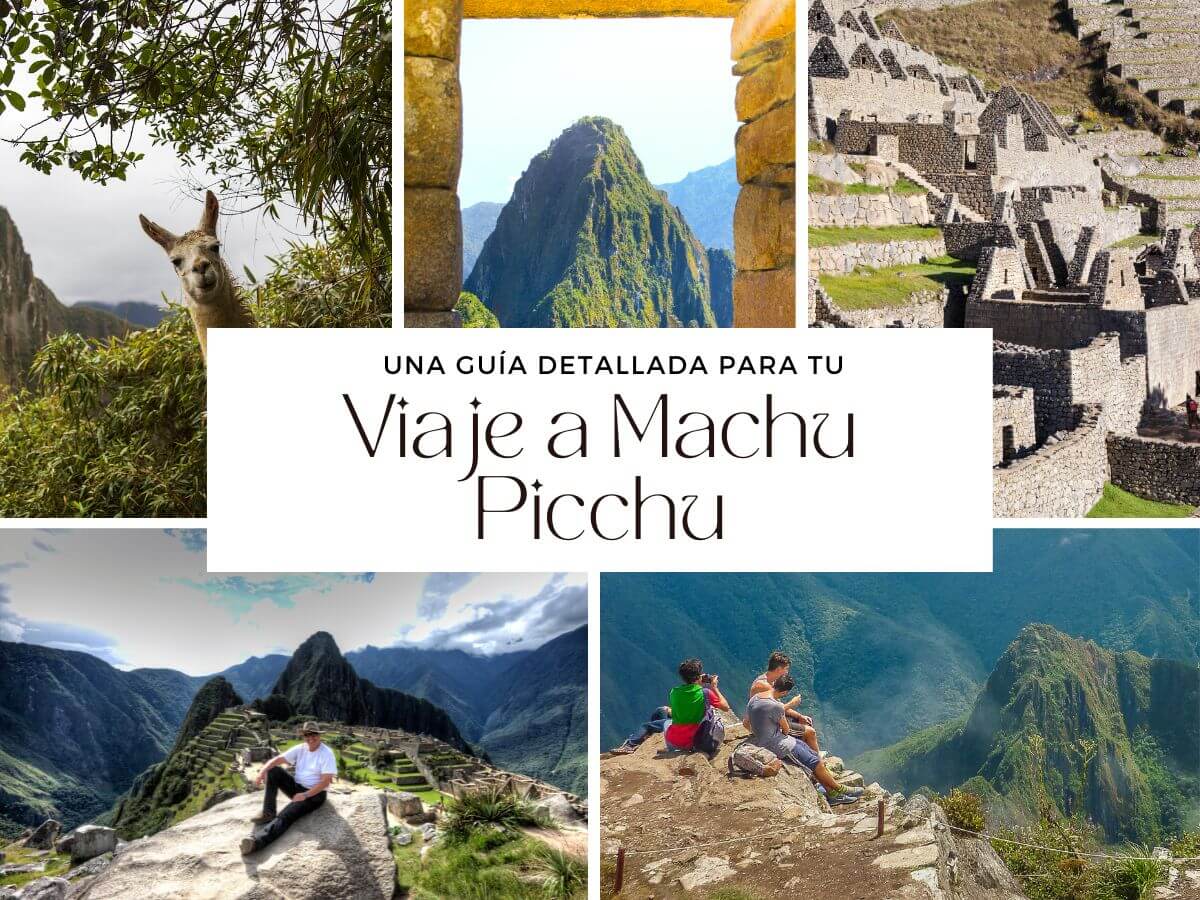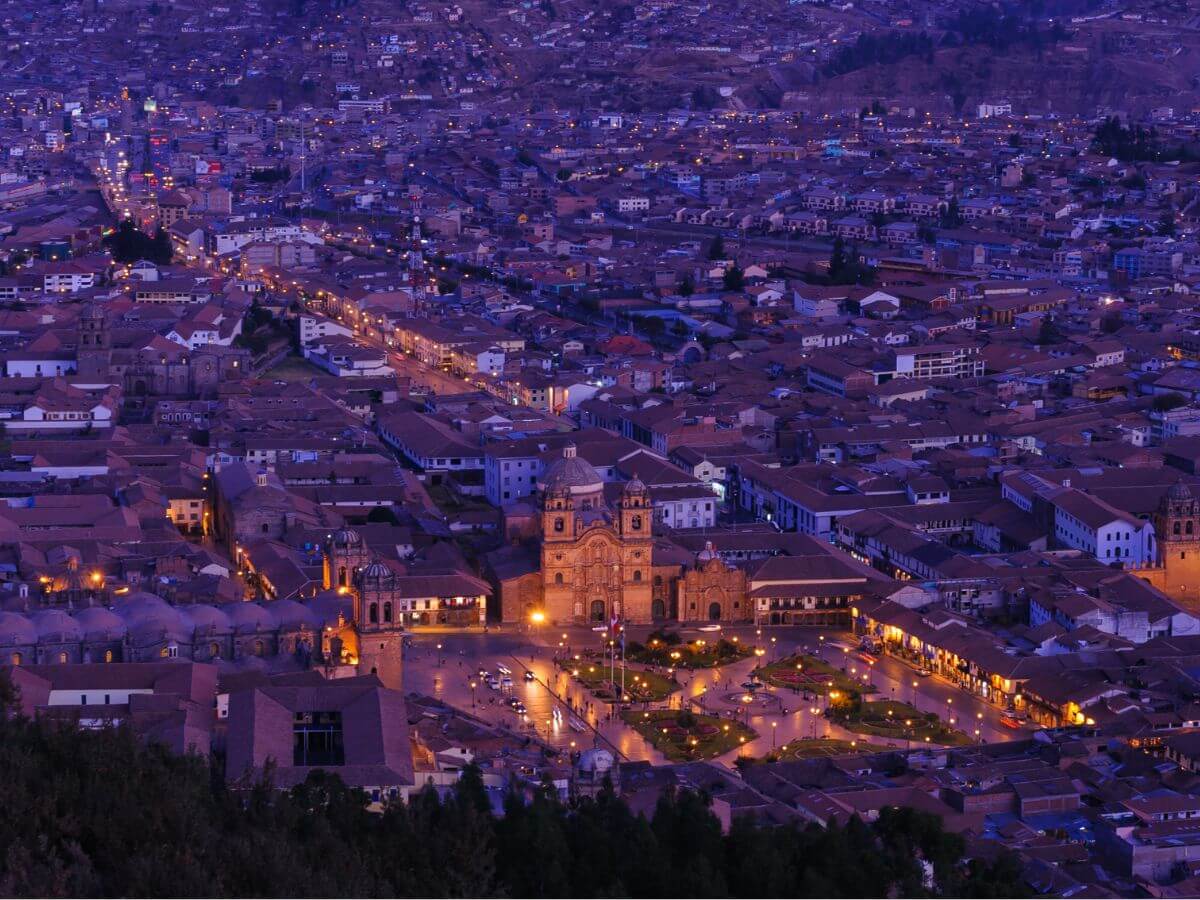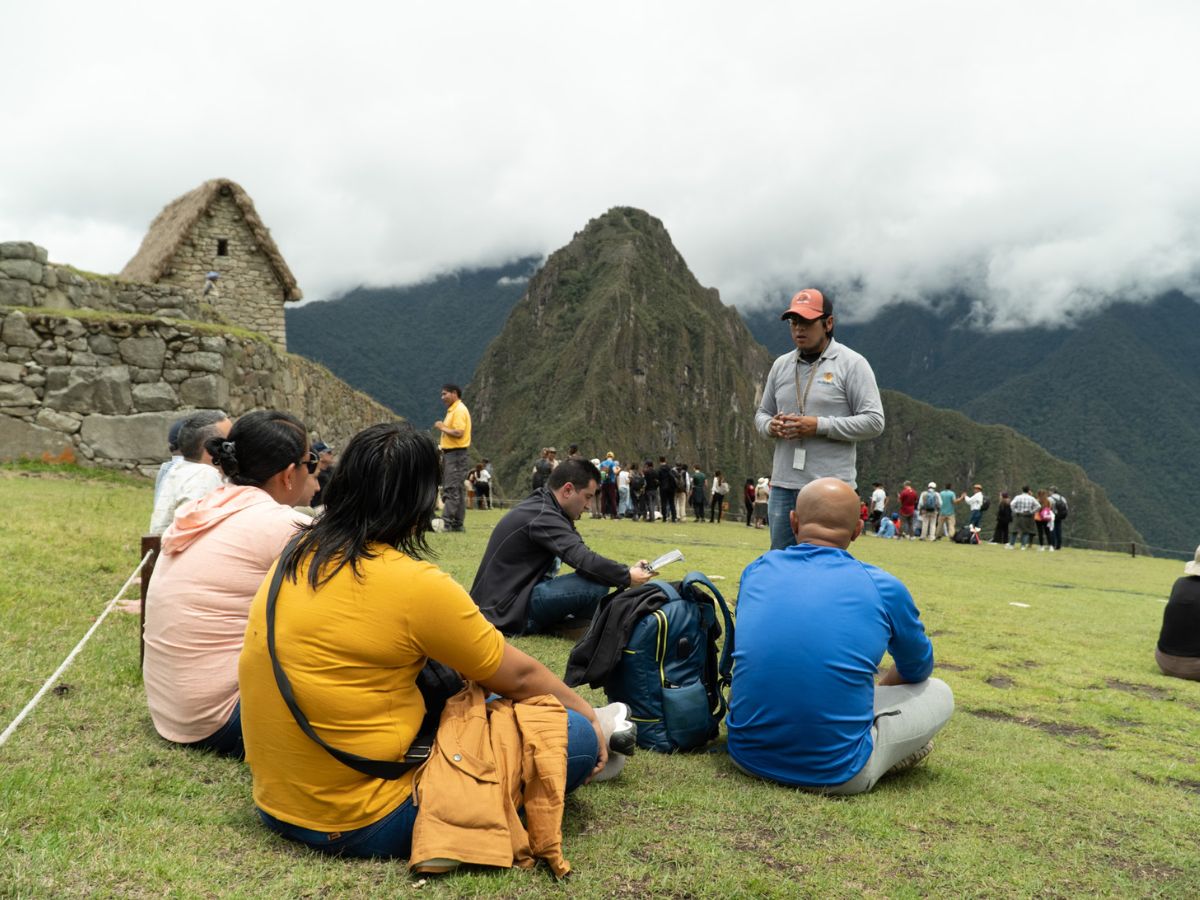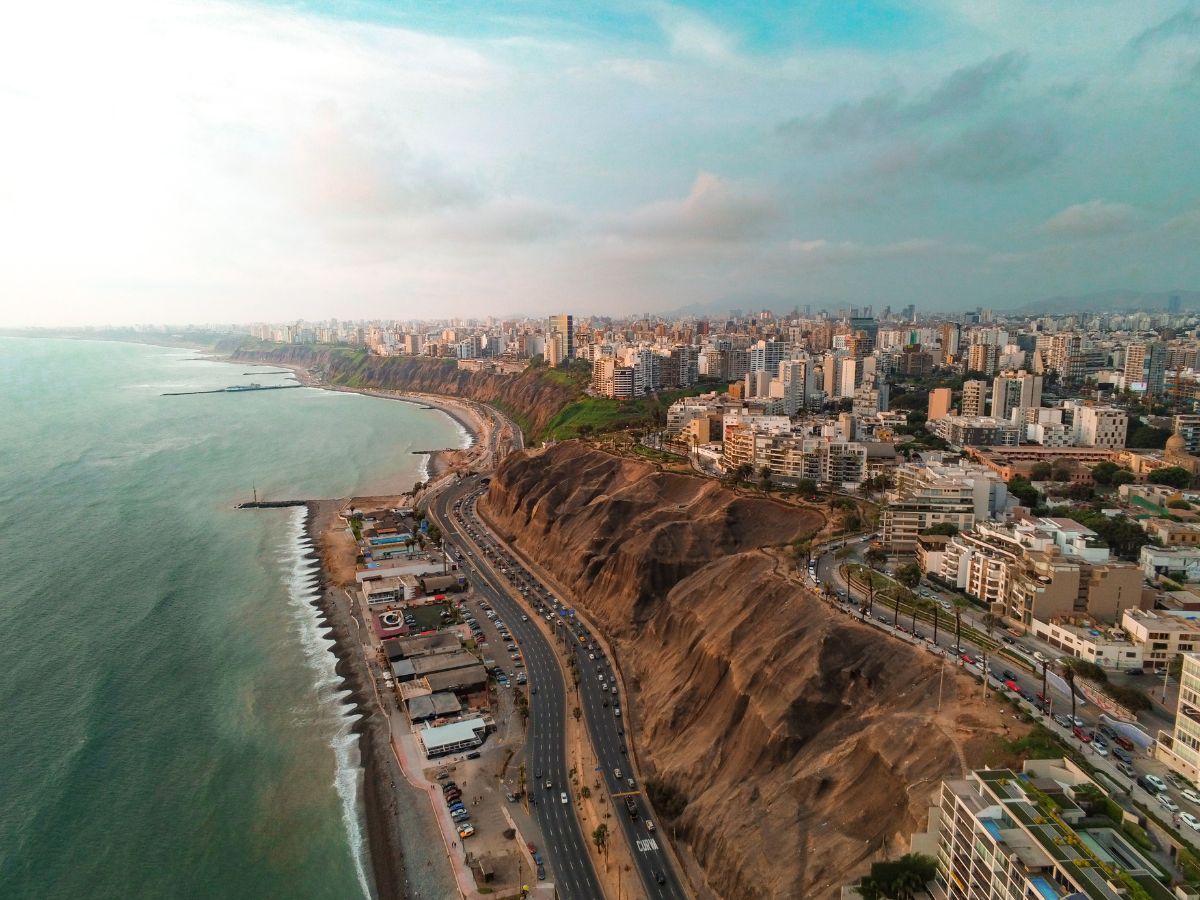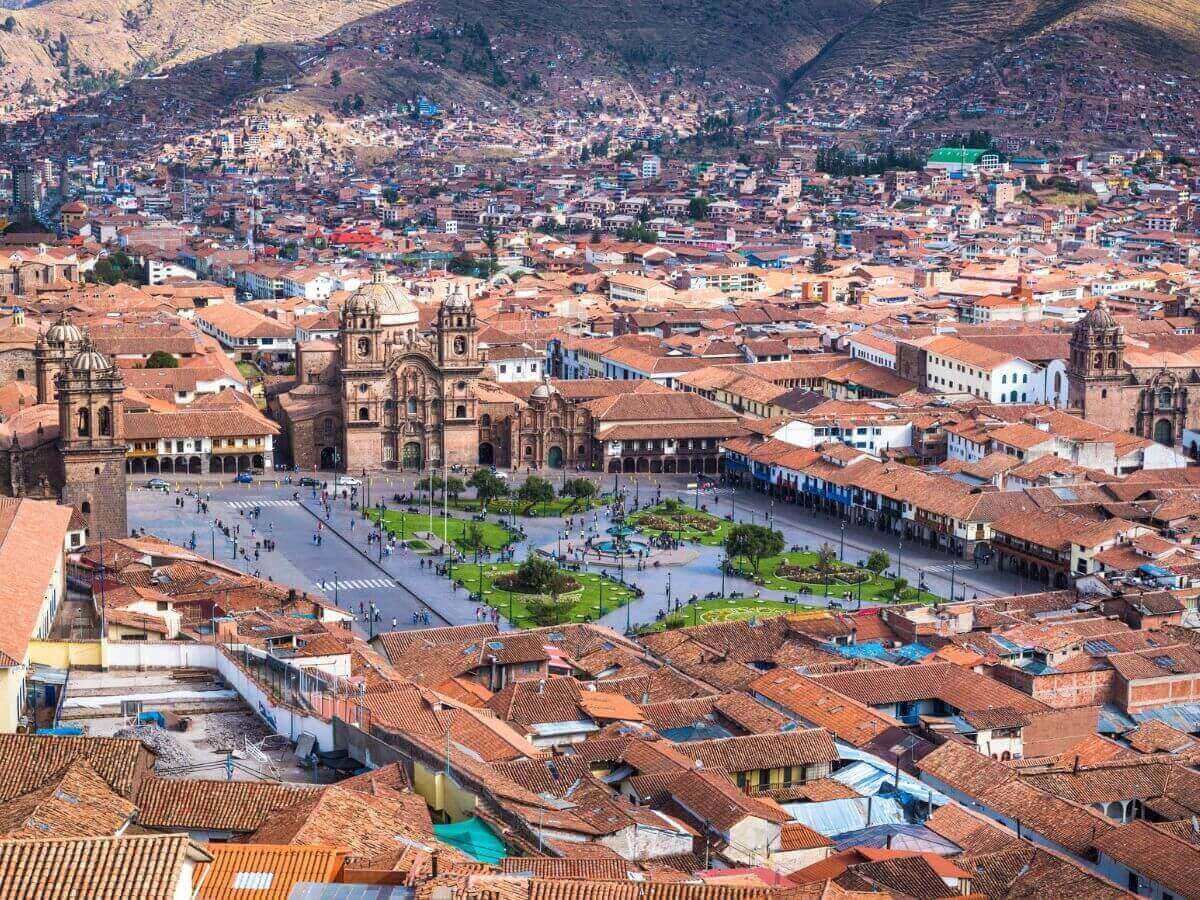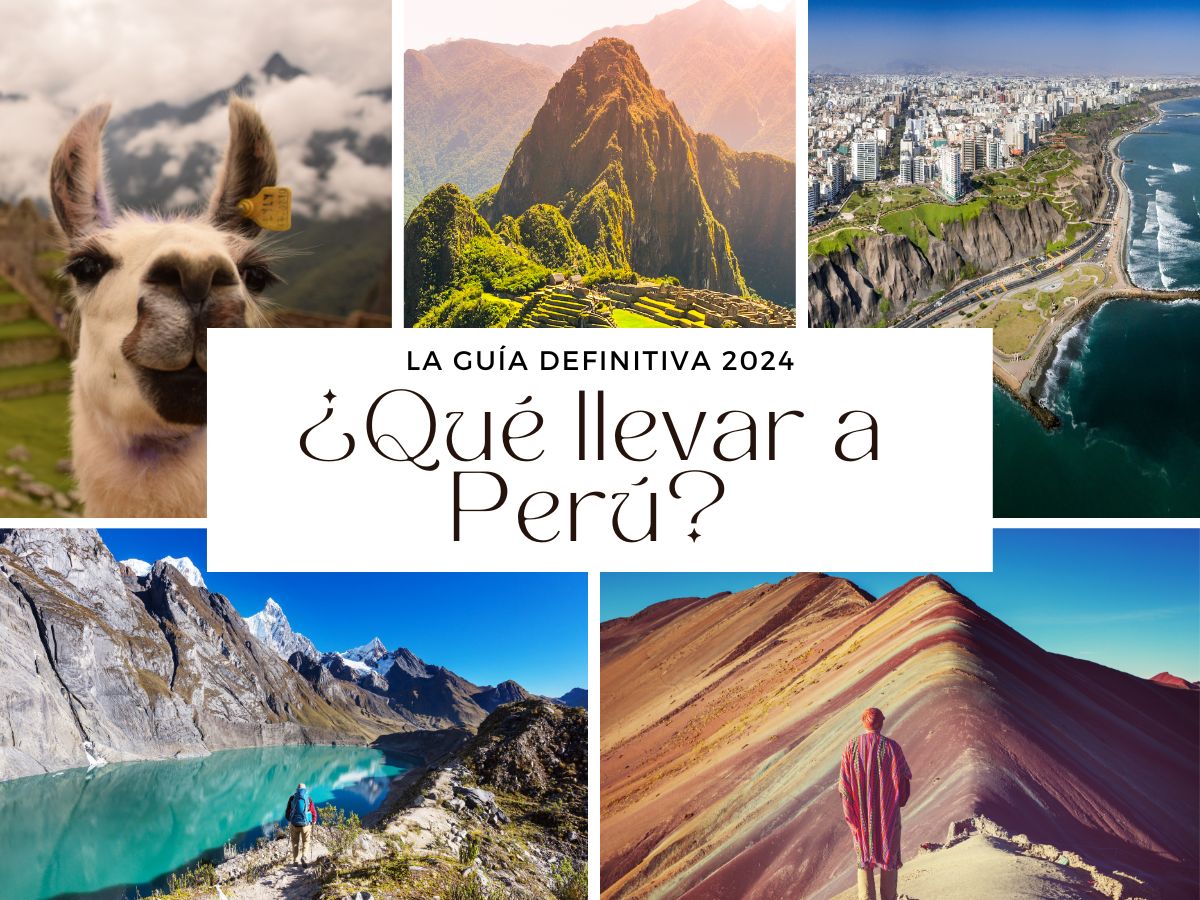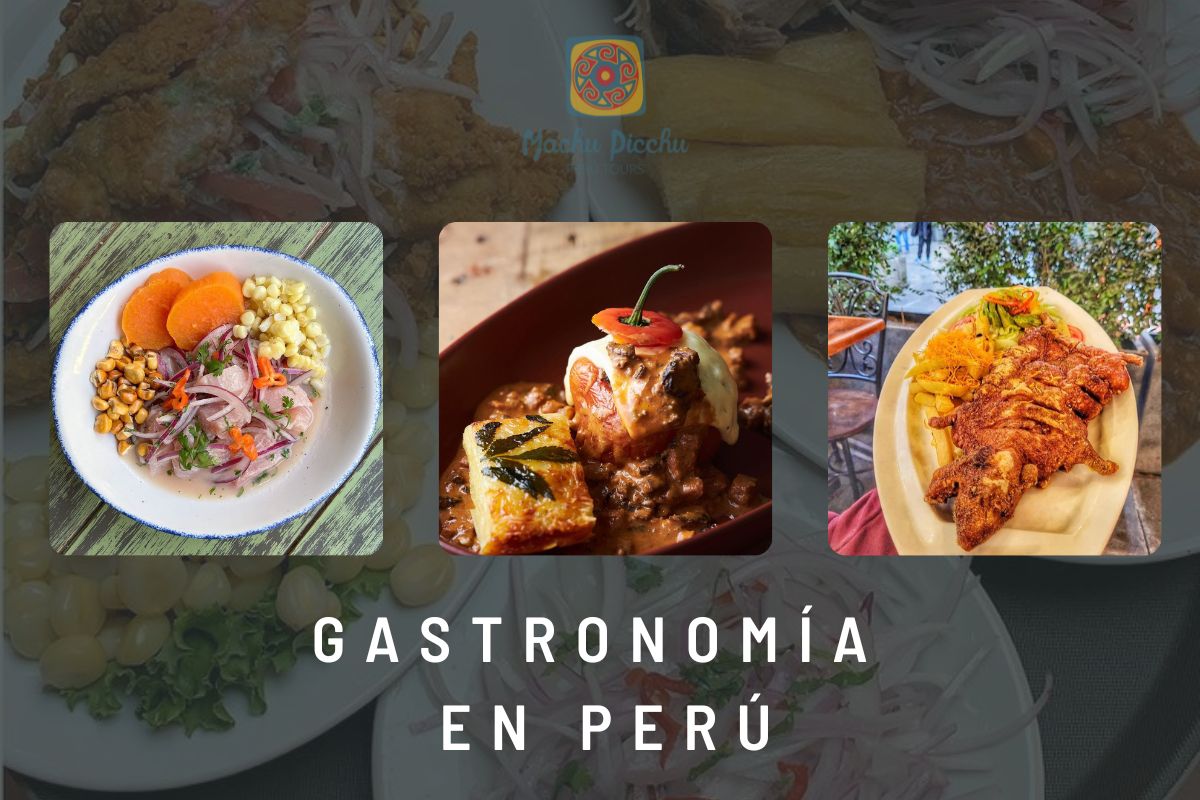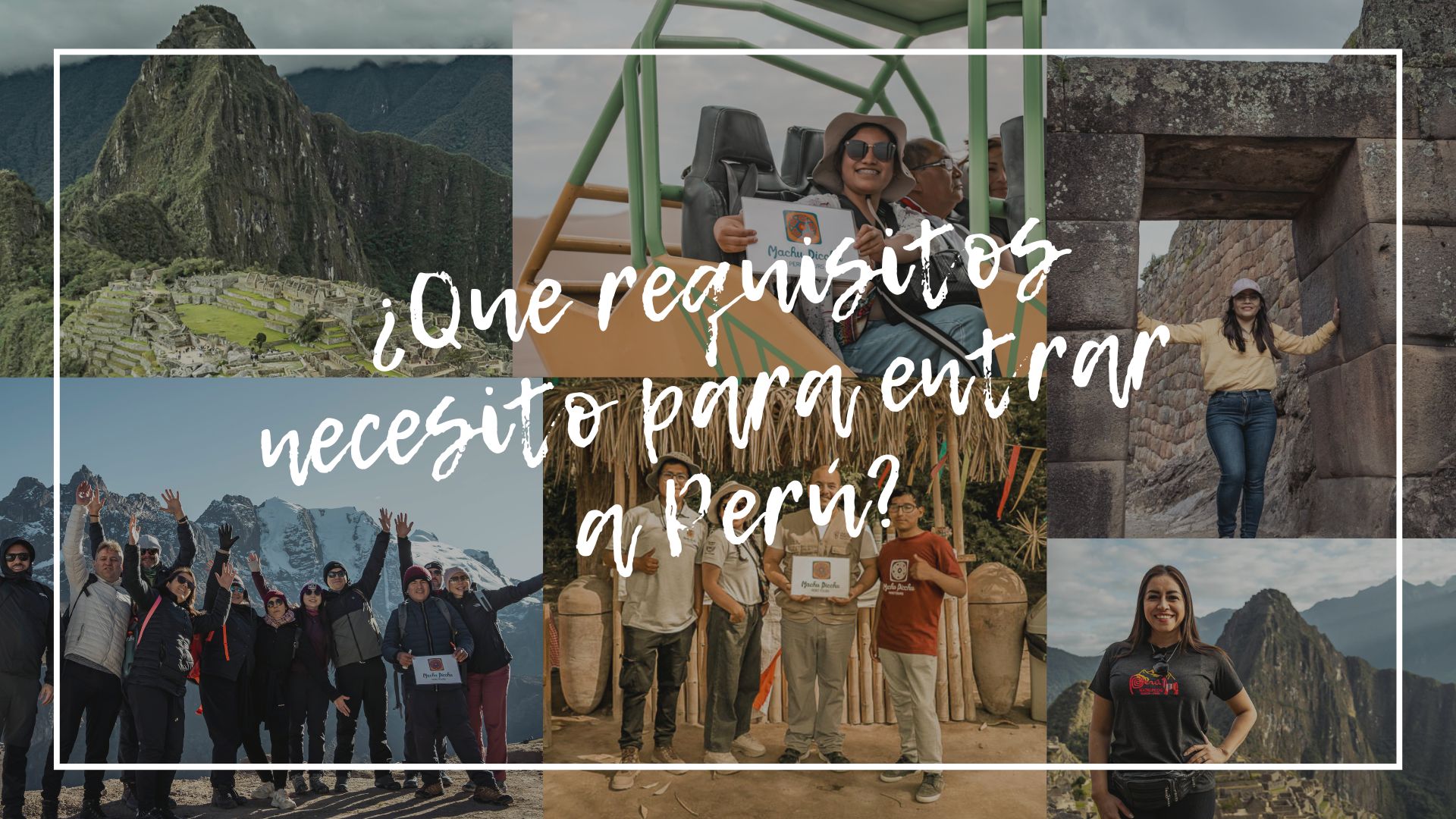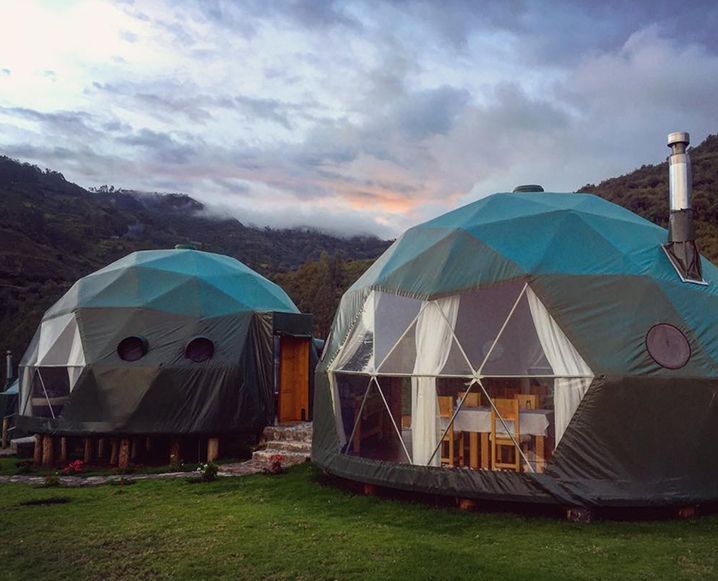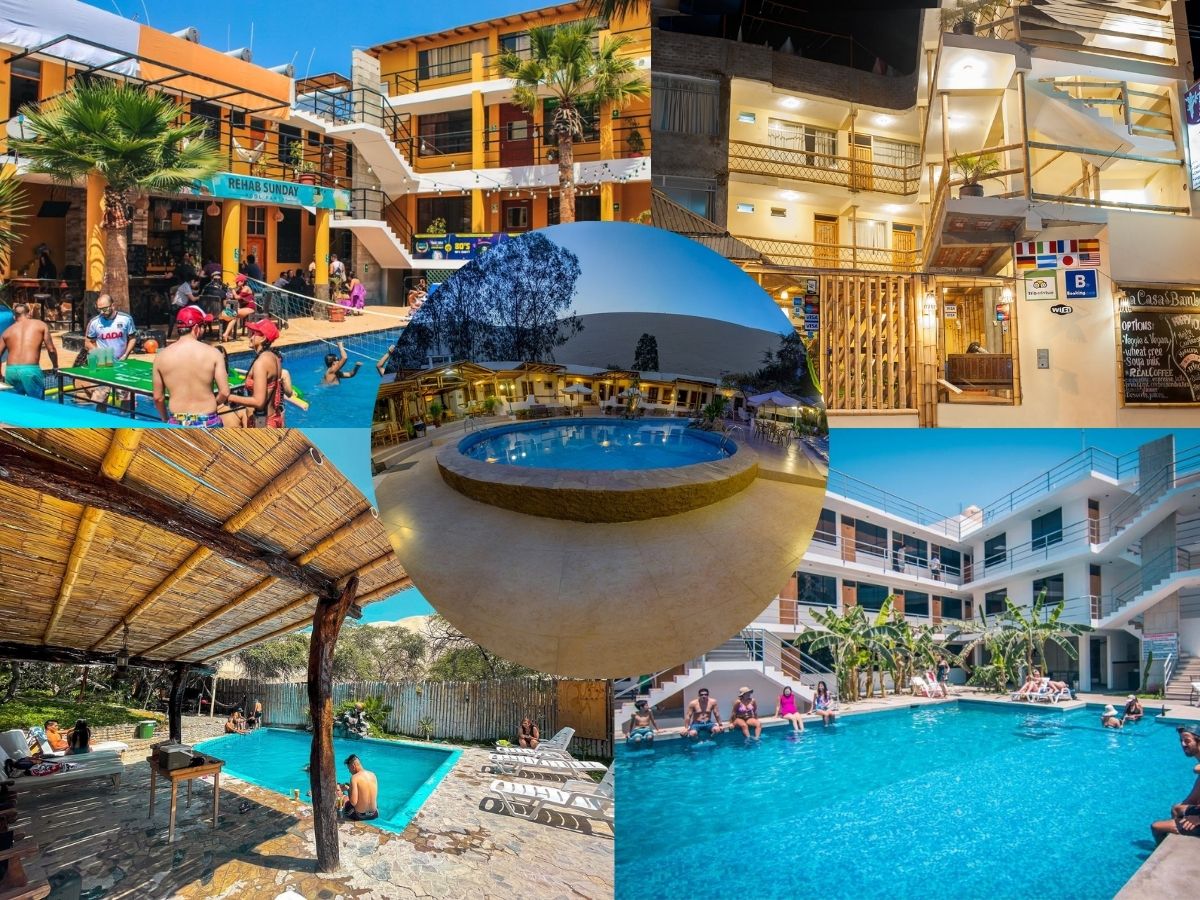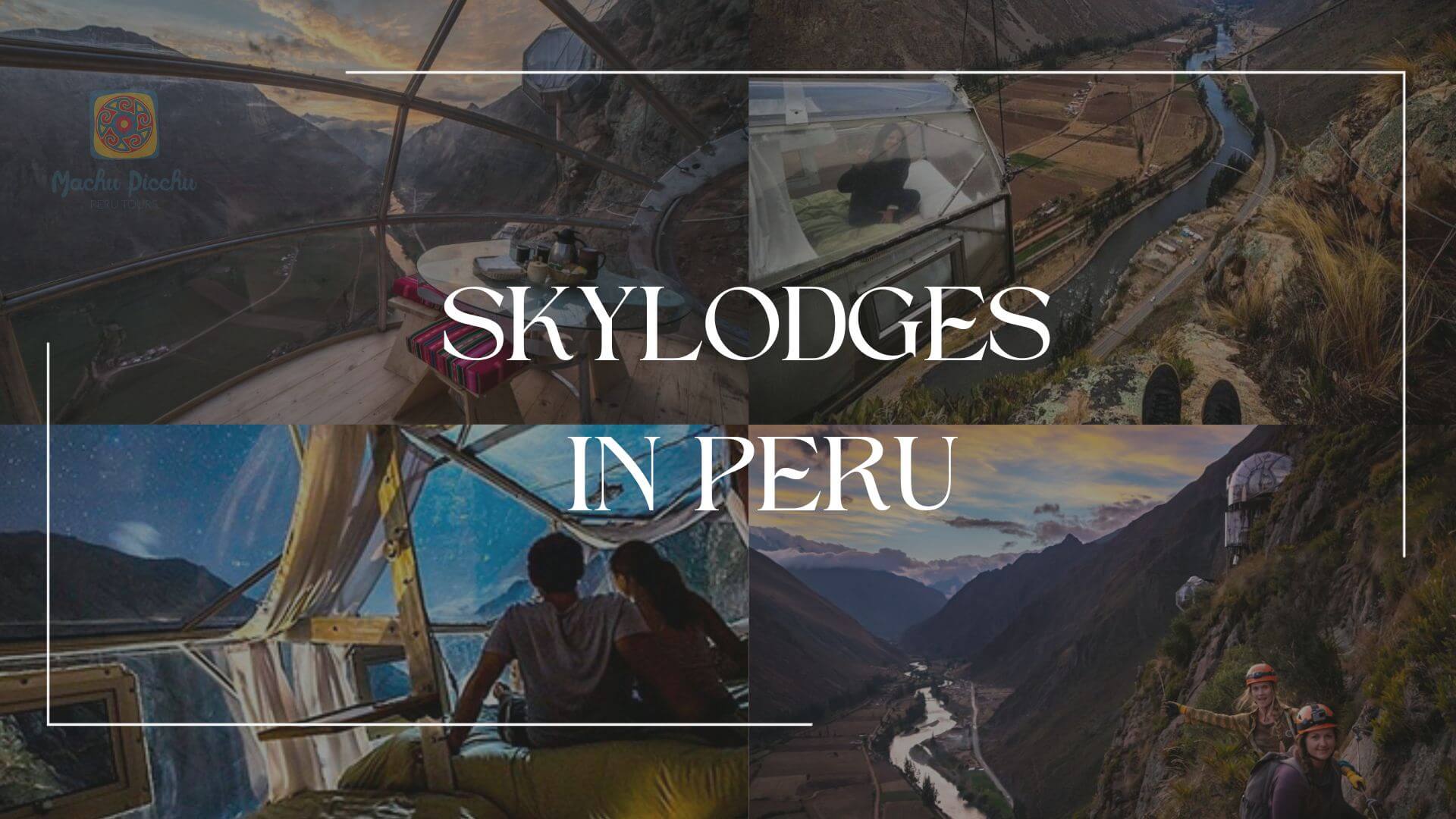Salkantay trek: everything you need to know
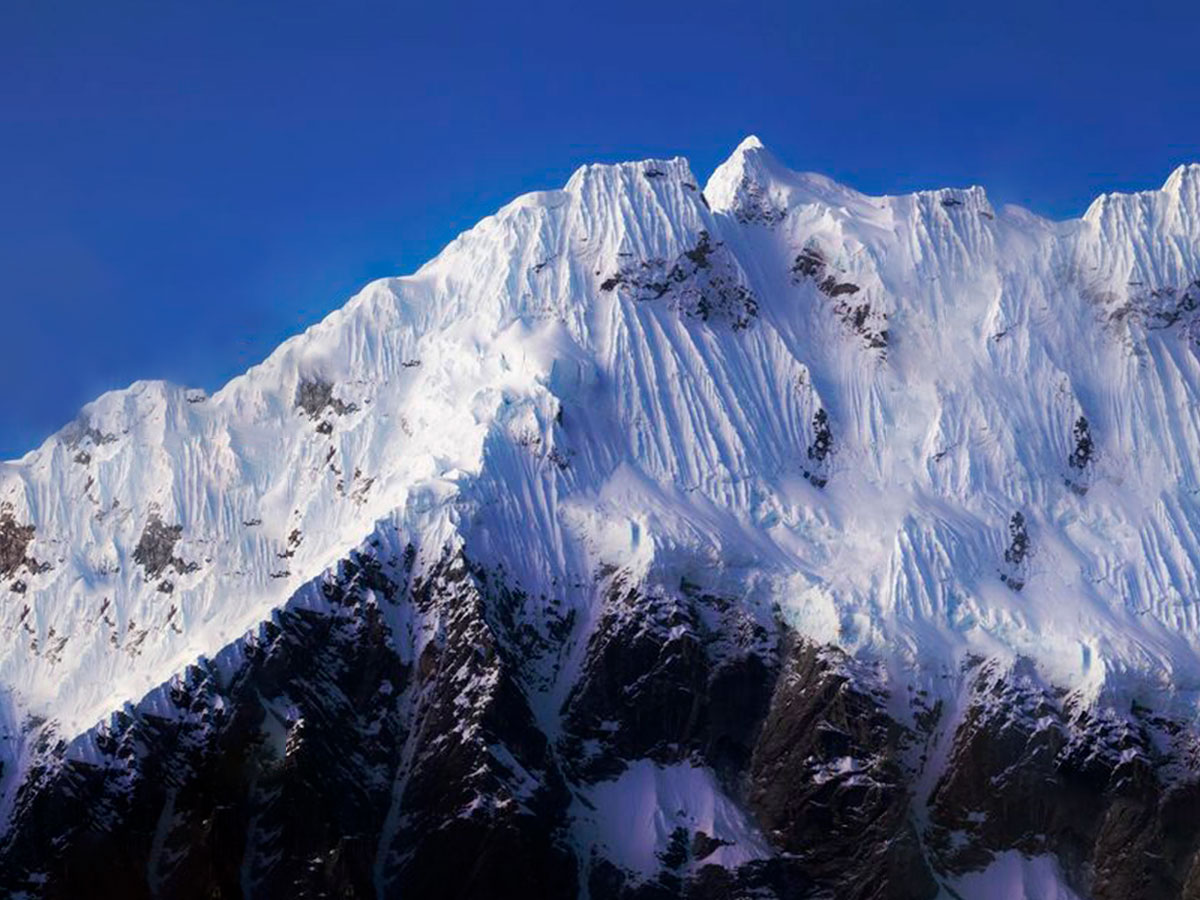
Salkantay is one of the most important snow-capped peaks in the city of Cusco, considered the second highest in the same region. The Salkantay trek to the Inca citadel of Machupichu is an alternate trek. The Salkantay trek begins in different places, previously it started from the Mollepata district, currently it starts from different places such as: Sayllapata, Challacancha, and Soraypampa. This is located 3 hours from the city of Cusco and ends with a view of the Inca citadel of Machupicchu.
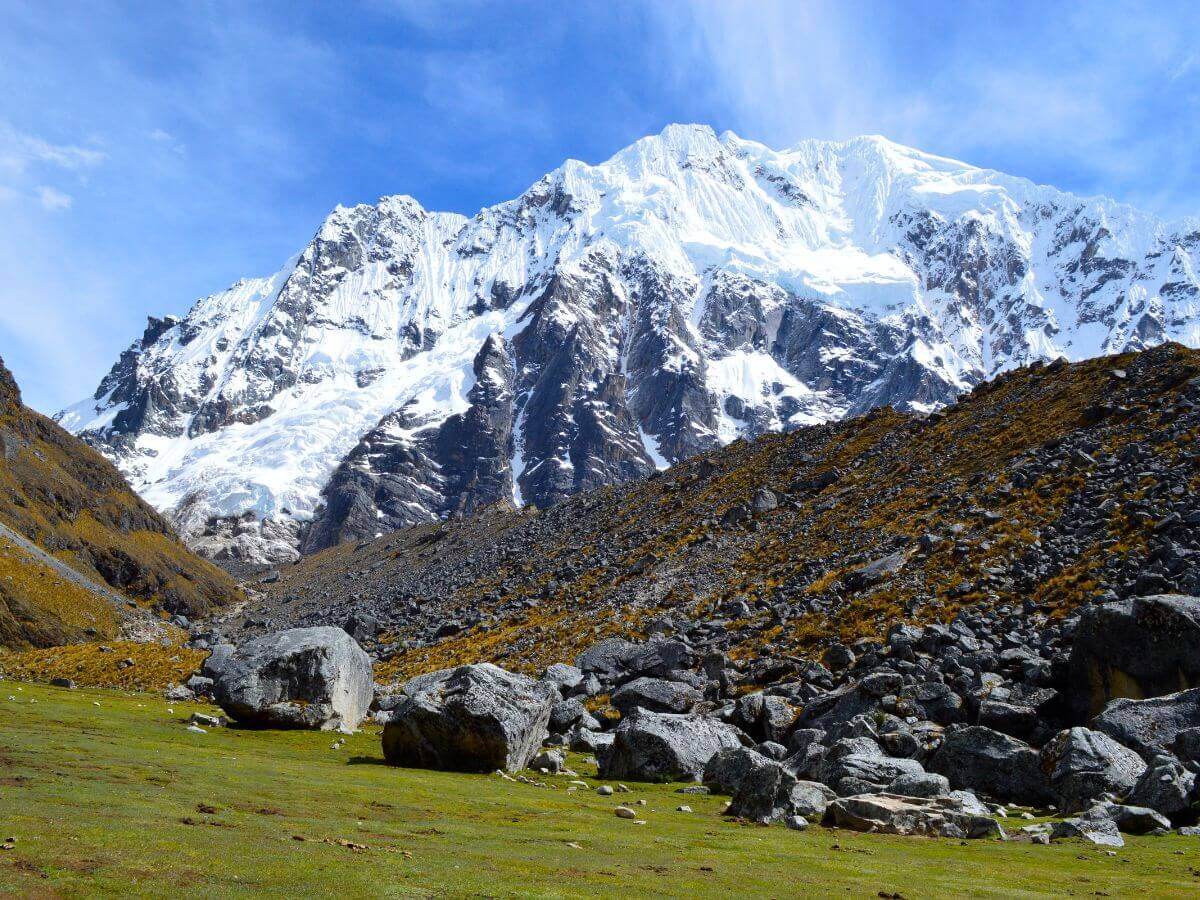
The Salkantay trek is the second best known in the Cusco region after the Inca Trail. This route is recommended for travelers who have an adventurous spirit as it is very challenging.
On the way you visit lakes that are located at the foot of the mountains, you can see the imposing mountains covered with snow Salkantay and Humantay, you live the experience of connecting the Peruvian Andes with the cloud forest, you also visit local towns where the inhabitants produce coffee, coca, fruits.
It is important to know about Salkantay
The Salkantay trail will make you shudder when you see the natural landscapes with impressive views in the Cusco region. The walk is exciting because of all the scenic landscape that can be observed, you will witness to personally appreciate the snow-capped mountains of Humantay and Salkantay.
Salkantay is the second highest peak in the Cusco region; the snowy Salkantay. This trek has a physical challenge, along the trek, you can find lagoons, rivers and hot springs, the importance of this trek is to experience the adrenaline of reaching the Salkantay pass which is located at 4600 m.s.n.m.
What do you do on the Salkantay trek?
On the walk you visit lagoons, you pass through the Salkantay pass, which is 4,630 meters above sea level. It is one of the best hikes in the world for its majestic views, for geography, history of Andean culture, you can find yourself among flora and fauna, you will also enjoy camping among the sacred mountains, and at night you can appreciate the milky way.
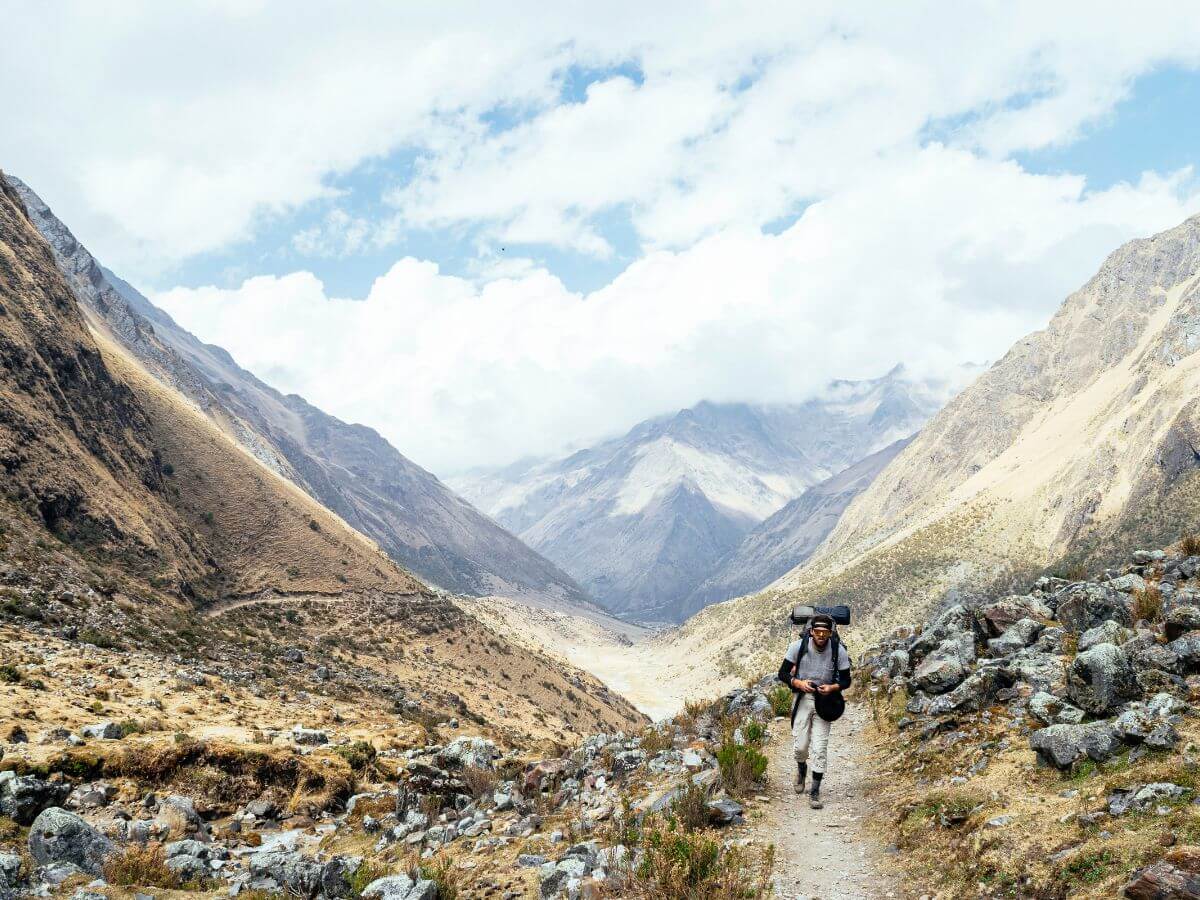
Facts about the Salkantay Trail
- It is not necessary to buy a permit. However, you still need Tickets to Machu Picchu.
- There is no limited number of visitors.
- The trail begins in Soraypampa and ends in Aguas Calientes Machu Picchu.
- Salkantay is named after one of the highest peaks in southern Peru: Salkantay Mountain, at 6,271 m (20,574 ft).
- It is one of the 25 best hikes in the world.
- The Salkantay trek is approximately 72 km (45 miles) and usually lasts four to five days.
What to do before the Salkantay?
Different tourist operating agencies offer services to do the Salkantay trek, to do this trek you need to do a physical and mental preparation from days before doing a diet avoiding the consumption of fat, and doing basic exercises, the other recommendation is to arrive two days before to the city of Cusco to acclimatize the body. As part of this acclimatization it is recommended to do short tours in the city of Cusco such as: Sacred Valley, City tour, Maras Moray.
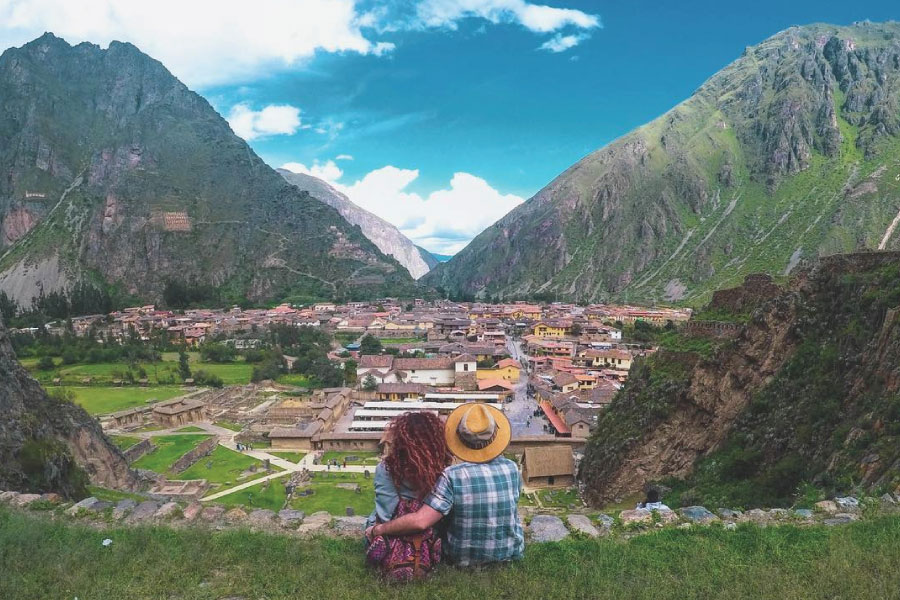
What to pack for Salkantay?
- Original passport (to enter Machu Picchu)
- base layer
- trekking shirt
- wool jacket
- Waterproof jacket
- Convertible hiking pants
- hiking socks
- waterproof hiking shoes
- Sunglasses and sunscreen
- Hand sanitizer for all those outdoor bathroom stops
- Toilet paper
- Hand soap and sanitizer
- Toothbrush and toothpaste
- Personal medications.
- A small towel.
- Insect repellent
- Gloves
- A scarf for the night.
- Flip flops to wear in the waterfalls and hot springs.
- Good quality walking socks and underwear.
- plastic poncho
- Flashlight and extra batteries.
- Two walking sticks (Optional, can be rented or bought in Cusco)
- Good quality backpack.
- Standard small plastic water bottles.
- Camera and batteries.
- Water purification tablets/filter
- Swimsuit.
- Money for any extra.
What is the best time of the year to do the Salkantay?
Although it is open all year, the Peruvian Andes has two seasons; Wet and dry. The wet season is from mid-October to the end of April, while the dry season begins in late April and ends in mid-October. The rainiest months were from December to February.
The best time for trekking would be from the end of April to mid-October. However, the busiest months are usually from May to September. The trail remains less crowded than the Inca Trail even during these times.
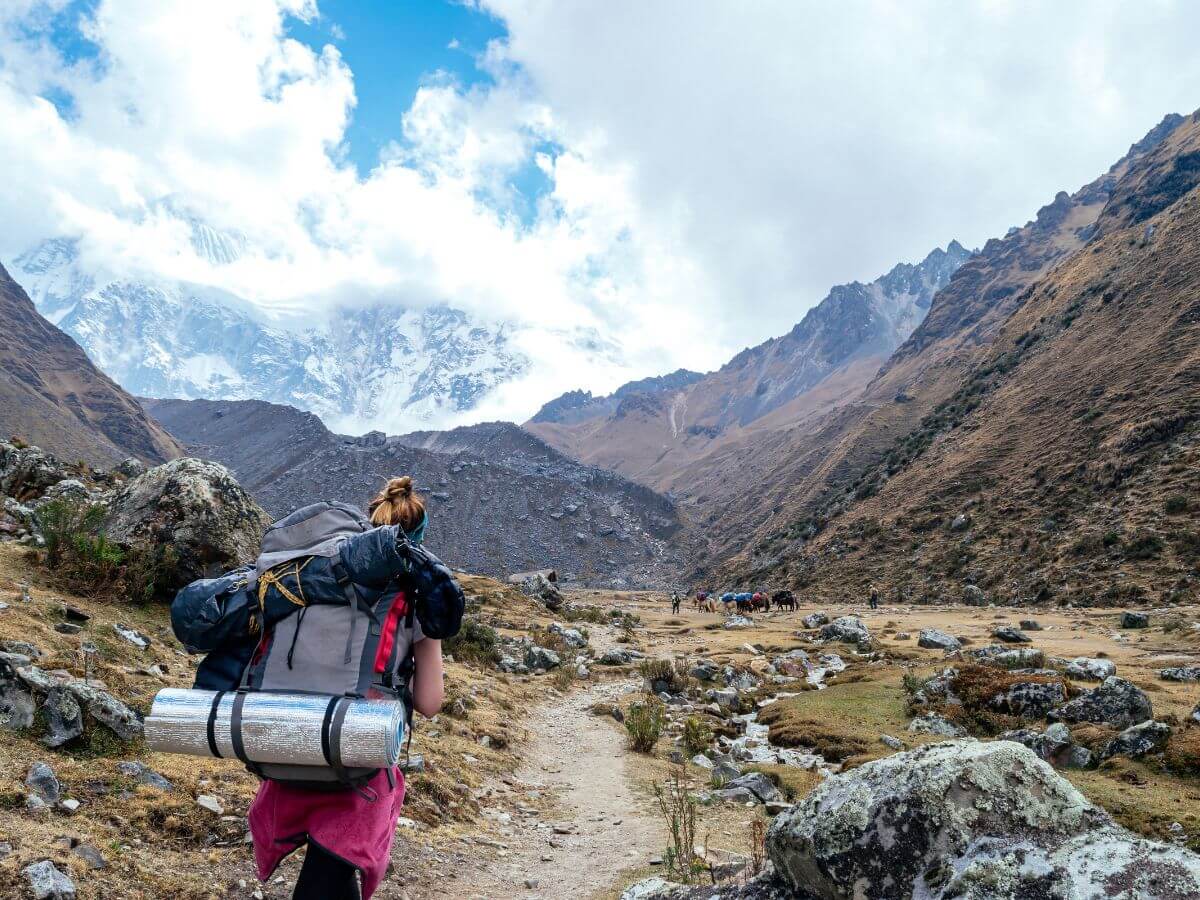
The best months to visit are April and October; despite the possibility of rain, the skies are more transparent and the landscapes are more apparent than in the driest months. I guarantee that vacations will cleanse your mind, body, and soul while giving you a worthwhile experience. Traveling is not an escape from life’s problems, but a plea to find lifelong happiness.
It is possible to reach the Salkantay trek on your own?
Yes, it is possible to do the Salkantay Trek for free. In addition, I recommend that you do it without a tent because there is accommodation throughout the route. Doing the Salkantay Trek for free is much cheaper than doing it with a tour, you will also sleep in bed every day and you can do the route at your own pace .
To get to Mollepata you will have to take a bus at the Arcopata stop, the price is 15 soles to get to the town of Mollepata to later reach the town of Soraypampa, which also has to be paid 15 soles.
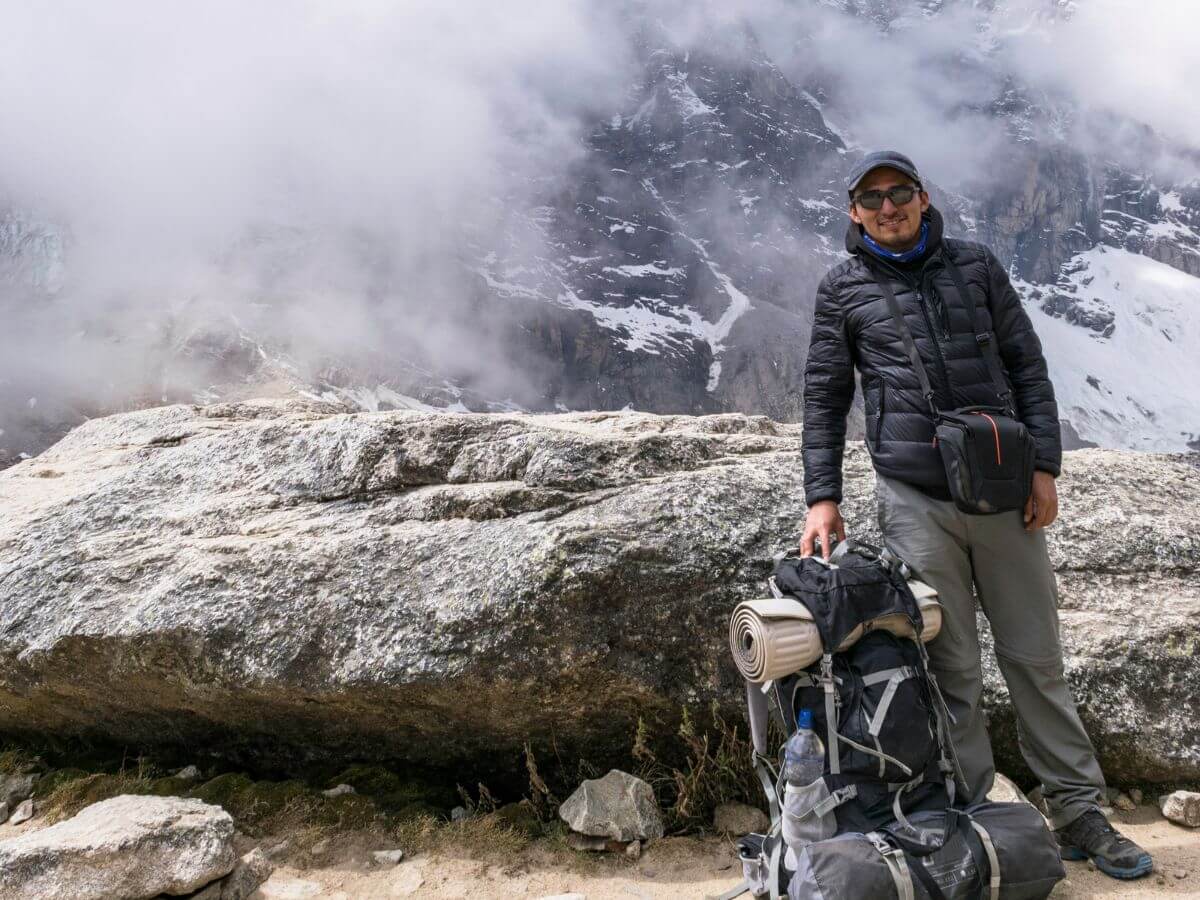
Later you start the walk visiting the whole place but you have to take into account that you have to pay lodging, the price is 30 soles per person, food of 10 soles for breakfast, lunch and dinner have the same cost, everything You can find it specified along the Salkantay route. You have to take into account that if you want to visit the hot springs you have to make a payment of 10 soles, you also have to take into account the entrance to the citadel of Machupichu is 152 foreign tourist soles and 64 national tourist soles.
| Transport: 30 soles. |
| Food: 120 soles for 4 days. |
| Lodging: 120 soles for 4 days. |
| Income: Mollepata 20 soles and hot springs 10 soles. |
| Machupichu income: 152 soles and 64 soles. |
| Foreign tourist: 442 soles and national tourist: 354 soles. |
Explore more tourist destinations and facts about Peru in our travel blog and plan your next trip with us!



